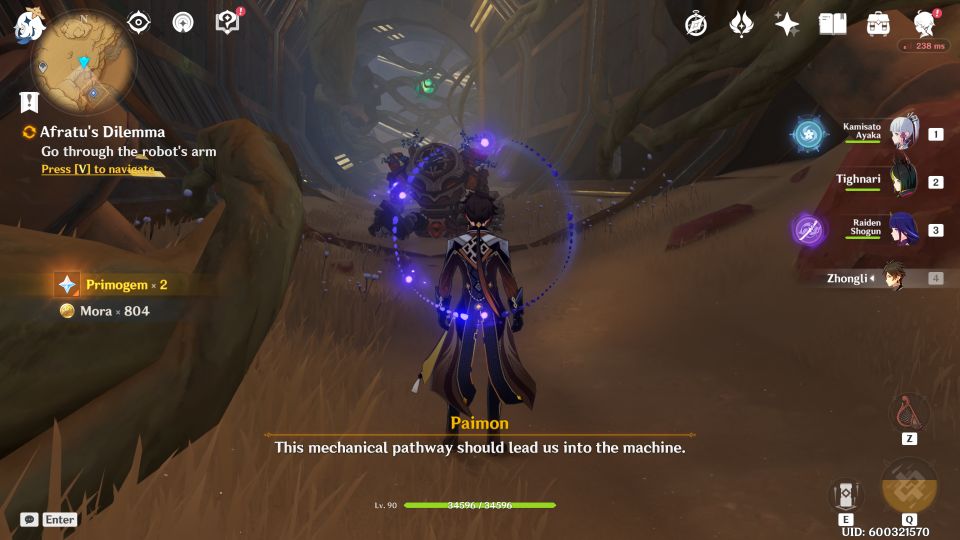Reduced Budgets, Reduced Accessibility: The Gaming Industry's Dilemma

Table of Contents
The Rising Cost of Game Development
The creation of modern video games, especially AAA titles, is an incredibly expensive undertaking. The escalating costs are impacting the industry's ability to prioritize accessibility features.
Increased Development Times and Costs
AAA game development is a complex process involving massive teams, cutting-edge technology, and extensive testing. This translates to significantly increased costs across multiple areas:
- Higher salaries for skilled developers: The demand for experienced programmers, artists, designers, and sound engineers continues to rise, driving up salary costs.
- Increasing engine licensing fees: Powerful game engines like Unreal Engine and Unity, while offering incredible tools, come with substantial licensing fees, adding to the overall budget.
- Advanced motion capture technology costs: Realistic character animations and cinematic cutscenes often require expensive motion capture studios and post-processing.
- Marketing and distribution costs: Getting a game in front of players requires substantial investment in marketing campaigns and platform distribution fees.
The Pressure to Monetize
The high cost of development puts immense pressure on studios to implement various monetization strategies to recoup their investment. This often comes at the expense of other crucial aspects, including accessibility.
- Prioritization of revenue-generating features over accessibility: Features designed to maximize revenue, such as microtransactions, loot boxes, or battle passes, may be prioritized over accessibility features that don’t directly generate income.
- Impact of short development cycles on inclusivity considerations: The pressure to release games quickly often leaves less time for thorough accessibility testing and implementation. This can lead to the exclusion of players with disabilities.
Accessibility Features: A Costly but Crucial Investment
While accessibility features add to development costs, they are a crucial investment for creating truly inclusive gaming experiences.
The Importance of Inclusive Gaming
Creating accessible games isn't just about meeting legal requirements; it's about ethical and moral responsibility. Excluding a significant portion of potential players due to a lack of accessibility is simply unacceptable.
- Moral obligation to provide inclusive gaming experiences: Game developers have a responsibility to ensure their games are enjoyable for everyone, regardless of their abilities.
- Expanding the player base: Incorporating accessibility features can significantly expand the potential audience for a game, reaching a wider and more diverse player base.
- Positive brand image and marketing opportunities: Companies that prioritize accessibility often receive positive media attention and enhance their brand image, attracting both players and investors.
Types of Accessibility Features and Their Costs
Developing and implementing accessibility features requires resources and expertise:
- Cost of developing and testing multiple control schemes: Creating customizable controls, alternative input methods (e.g., voice control), and support for assistive technology requires significant development time and testing.
- Integration with assistive technologies: Ensuring compatibility with various assistive technologies, such as screen readers and controllers, can be complex and require specialized knowledge.
- Ongoing maintenance and updates: Accessibility features, like any other part of a game, require ongoing maintenance, updates, and bug fixes.
Finding a Balance: Strategies for Accessible Game Development on a Budget
Despite the challenges, there are strategies to incorporate accessibility features without exceeding budget limits.
Prioritization and Planning
Careful planning and prioritization are essential for effective accessibility implementation.
- Prioritizing core accessibility features based on player needs: Focus on the most impactful accessibility features based on community feedback and research.
- Using cost-effective accessibility solutions (e.g., open-source tools): Leveraging free or low-cost tools and resources can significantly reduce development costs.
- Early accessibility testing and feedback incorporation: Incorporating accessibility testing throughout the development cycle minimizes costly rework later on.
Collaboration and Community Involvement
Engaging with the disability community is crucial for understanding their needs and identifying cost-effective solutions.
- Crowdsourcing accessibility testing: Leveraging the expertise of players with disabilities through beta testing programs can provide valuable feedback.
- Utilizing community-created assets: Collaborating with the community to create and share accessibility resources can reduce development costs and improve inclusivity.
- Openly communicating with the disability community: Regular communication with disability advocacy groups and gamers ensures that accessibility efforts are aligned with real-world needs.
The Role of Funding and Support
Securing funding is essential to support accessible game development.
- Grants specifically designed for inclusive game development: Seeking grants from organizations that support accessibility initiatives can provide crucial financial support.
- Collaboration with accessibility organizations: Partnering with organizations specializing in accessibility can provide valuable expertise and resources.
- Government support for accessible technology: Advocating for government policies that support the development and adoption of accessible gaming technologies can create a more inclusive industry.
Conclusion
The rising cost of game development puts pressure on studios, often leading to accessibility features being neglected. However, accessible game design is crucial for inclusion and ethical game development. We need creative solutions and collaborative efforts to overcome budget limitations and ensure that everyone can enjoy the benefits of gaming. Let's work together to ensure that "reduced budgets" do not translate to "reduced accessibility" in the future. Invest in accessibility, and invest in a more inclusive gaming community. We encourage comments and discussion on how to better address budget constraints and accessibility in gaming, and how to balance game development costs and inclusive design.

Featured Posts
-
 Bitcoin Price Surge Positive Us Regulation Signals Drive Record
May 23, 2025
Bitcoin Price Surge Positive Us Regulation Signals Drive Record
May 23, 2025 -
 China And Us Trade Record Exports Before Potential Truce
May 23, 2025
China And Us Trade Record Exports Before Potential Truce
May 23, 2025 -
 Tqryr Asear Aldhhb Fy Qtr Lhdha Alywm Alithnyn 24 Mars
May 23, 2025
Tqryr Asear Aldhhb Fy Qtr Lhdha Alywm Alithnyn 24 Mars
May 23, 2025 -
 Netflixs Siren Julianne Moore Kevin Bacon And More Star In New Series
May 23, 2025
Netflixs Siren Julianne Moore Kevin Bacon And More Star In New Series
May 23, 2025 -
 Tragedy Strikes Israeli Embassy Employees Killed In Washington Shooting
May 23, 2025
Tragedy Strikes Israeli Embassy Employees Killed In Washington Shooting
May 23, 2025
Latest Posts
-
 Joe Jonass Mature Response To A Fans Marital Spat
May 23, 2025
Joe Jonass Mature Response To A Fans Marital Spat
May 23, 2025 -
 A Couples Fight Joe Jonass Response The Full Story
May 23, 2025
A Couples Fight Joe Jonass Response The Full Story
May 23, 2025 -
 How Joe Jonas Handled A Couples Argument About Him
May 23, 2025
How Joe Jonas Handled A Couples Argument About Him
May 23, 2025 -
 Joe Jonas The Unexpected Reaction To A Marital Dispute
May 23, 2025
Joe Jonas The Unexpected Reaction To A Marital Dispute
May 23, 2025 -
 Joe Jonass Perfect Response To A Couples Fight Over Him
May 23, 2025
Joe Jonass Perfect Response To A Couples Fight Over Him
May 23, 2025
